Platform
Little-Known Facts About Historic Homes and How to Care for Them
Owning a historic home is like holding a piece of history in your hands. These homes have character, craftsmanship, and untold stories woven into their walls. But unlike modern houses, historic homes require specialized care to preserve their charm and structural integrity. Whether you’re restoring a Victorian, Colonial, Craftsman, or Mid-Century home, here are some fascinating facts and essential maintenance tips to help you protect your investment.

1. Old-Growth Wood is More Durable Than Modern Lumber
Many historic homes were built using old-growth wood—a dense, slow-growing timber that resists rot, pests, and warping. If your home has original hardwood floors, beams, or trim, you’re working with superior materials that often outlast modern replacements.
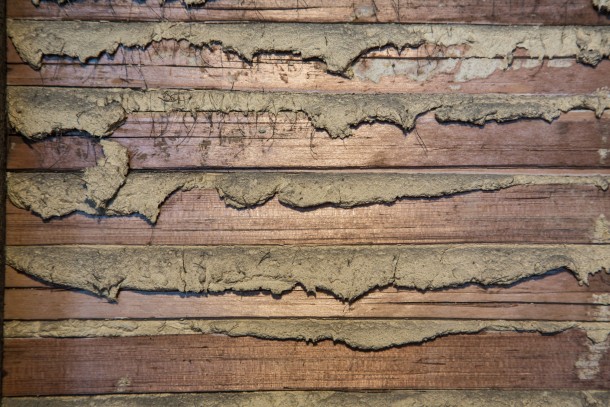
2. Horsehair Plaster is Stronger Than Drywall
Before drywall became standard, builders used horsehair-reinforced plaster, which added strength and flexibility to walls. Unlike drywall, this material helps regulate humidity and improves soundproofing—one reason why older homes feel quieter.

3. Your Home May Have Hidden Rooms or Secret Spaces
Many historic homes have hidden storage nooks, root cellars, or even secret passageways. Some were built for food preservation, while others had a more mysterious past—such as acting as part of the Underground Railroad.
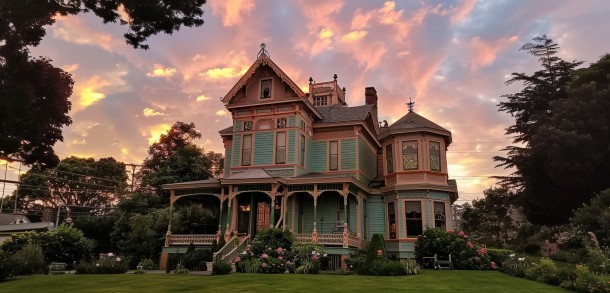
4. Wavy Glass Windows are a Sign of True Age
If your home’s window glass looks wavy or uneven, that’s a sign it’s handmade pre-1900 glass. Modern glass is machine-made and uniform, so preserving original windows maintains both authenticity and value.
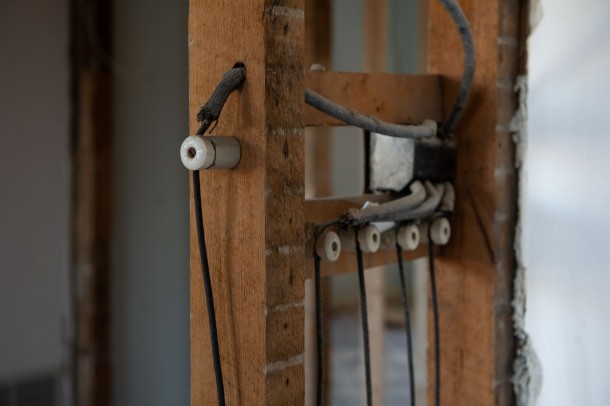
5. Knob-and-Tube Wiring Isn’t Always Dangerous
Homes built before 1940 often feature knob-and-tube wiring, an early electrical system. While outdated, it’s not inherently dangerous unless modified incorrectly. However, since it lacks grounding wires, it’s best to have it inspected by a historic home electrician.
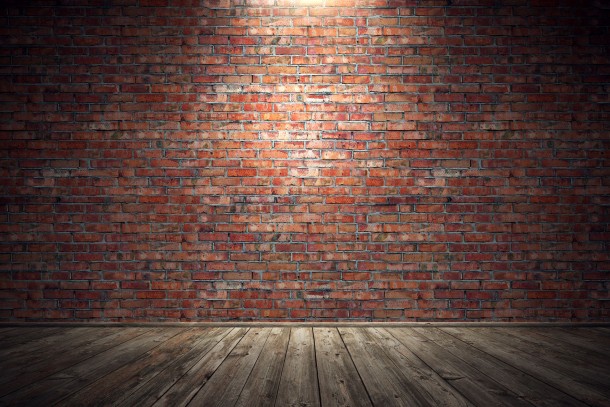
6. Historic Brick Walls Were Designed to Breathe
Unlike modern construction that relies on vapor barriers, old brick homes absorb and release moisture naturally. Sealing old bricks with modern materials can trap moisture and cause damage. Use breathable lime-based mortar instead of cement when making repairs
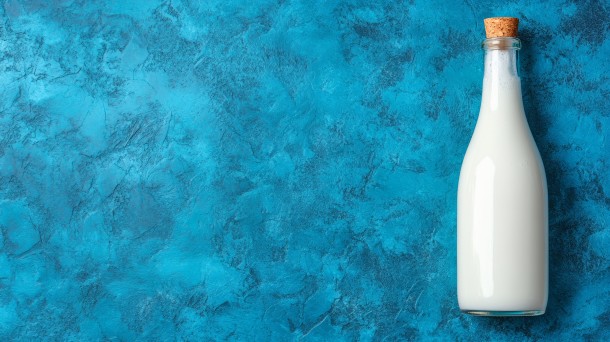
7. Original Paint Might Be Milk Paint
Many historic homes were painted with milk paint, a non-toxic formula made from milk protein, lime, and natural pigments. It resists peeling and allows wood to breathe—something modern paints don’t do.
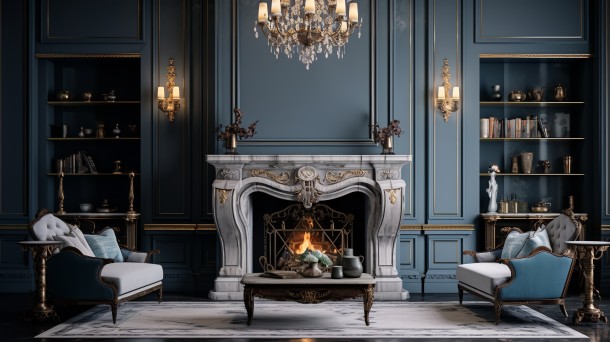
8. Fireplaces Were Early Ventilation System
Older homes didn’t just use fireplaces for heat—they also served as early air circulation systems, helping regulate indoor air quality by drawing in fresh air and expelling smoke, dust, and moisture.
How to Care for a Historic Home
1. Use Breathable Restoration Materials - When repainting or repairing plaster walls, avoid modern latex paints or vinyl-based sealants. Instead, use lime-based paints, natural oils, and wood sealers to let the home’s structure function as designed.
2. Restore, Don’t Replace, Original Windows - Historic wood windows were built to last and can often be repaired rather than replaced. Reglazing, weather-stripping, and storm windows can improve energy efficiency without losing historical charm.
3. Monitor Foundation Settling - Many historic homes were built on stone, brick, or pier foundations. Regularly check for cracks and use lime-based mortar (not modern cement) for repairs to prevent structural issues.
4. Remove Lead Paint Safely - If your home was built before 1978, it may have lead paint. Instead of sanding, which releases toxic dust, use a chemical stripper or infrared heat gun for safe removal.
5. Preserve Hardwood Floors Without Over-Sanding - Excessive sanding can weaken original hardwood floors. Instead, buff and reseal them with natural oils or shellac to maintain their integrity while enhancing their historic beauty.
6. Maintain Chimneys and Fireplaces - Older chimneys may lack modern liners, increasing fire risks. Have a professional inspect them and consider installing a clay or stainless-steel liner to improve safety.
7. Be Cautious with Modern Insulation - Many historic homes were designed for natural airflow. Over-insulating attics or walls can trap moisture, leading to mold and wood rot. Work with an expert who specializes in historic home insulation to find the right balance.
8. Regularly Check for Hidden Water Damage - Because historic homes have multiple layers of materials, leaks can go undetected. Inspect crawl spaces, behind baseboards, and near old plumbing to catch issues before they escalate.
Historic Homes
Historic homes are architectural treasures, built with superior materials and craftsmanship that stand the test of time. By understanding their unique construction methods and using proper restoration techniques, you can maintain your home’s integrity while preserving its history for generations.
At Inspired Real Estate Life, we specialize in helping clients buy, sell, and care for historic homes in Phoenix and beyond. If you’re looking for expert advice on restoration, historic home maintenance, or purchasing a timeless property, contact us today!

We are here to answer your questions
Thank you for reaching out!
We'll get in touch with you soon.



